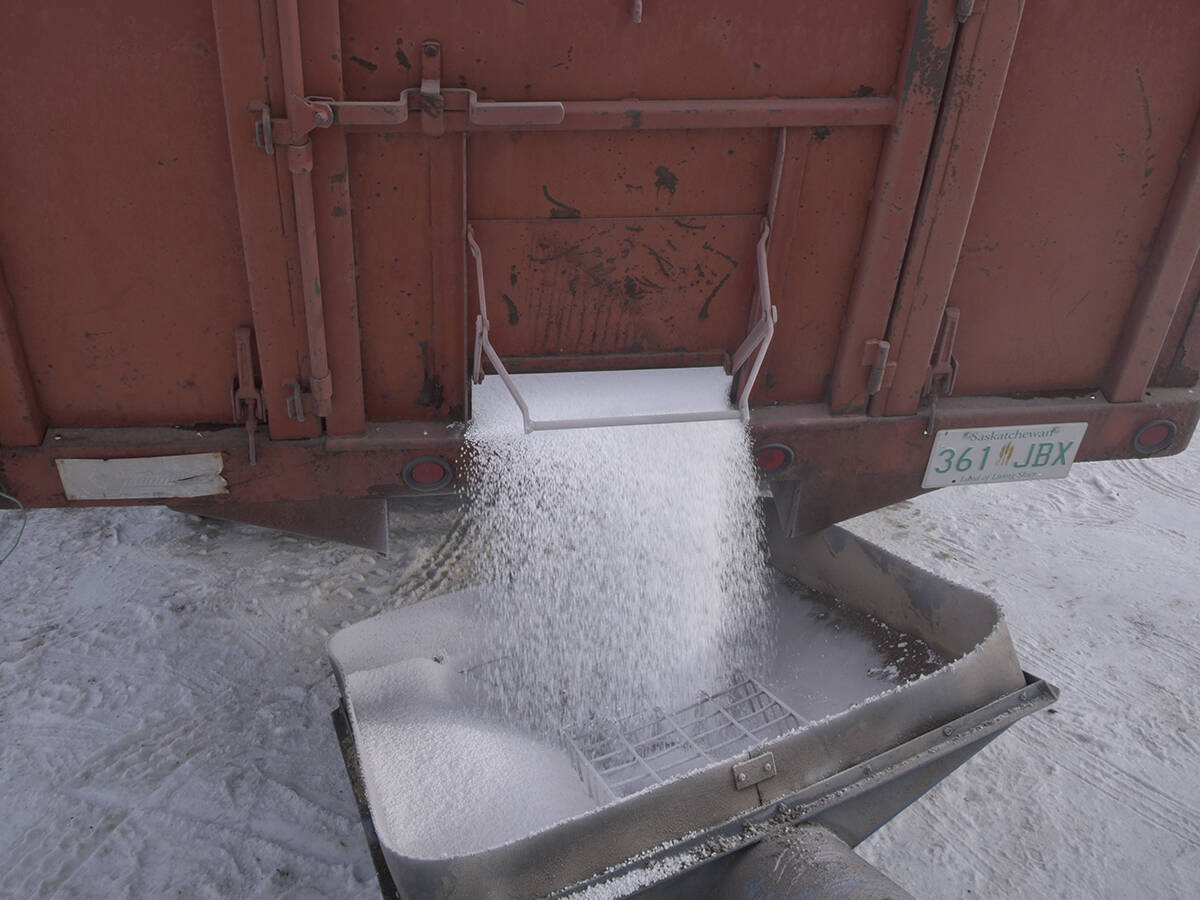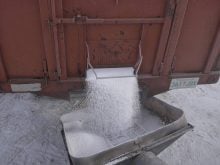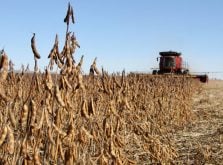Stock handlers and auction market workers are doing a good job ensuring full traceability and the safe, humane handling of animals, says an American stock handling expert.
Curt Pate said Canadian efforts to improve animal tracking and ensure humane treatment of livestock are helping build a strong reputation and a solid future for the Canadian cattle industry.
Auction markets in particular are playing a key role by providing services such as cattle tagging, tag scanning and data collection, Pate said.
However, there’s always room for improvement and Canadian stock handlers should continue looking for ways to improve handling practices and reduce animal stress.
Read Also

Urea prices heading higher: analyst
A fertilizer market analyst thinks urea prices have bottomed out and are heading higher through the first quarter of 2026.
“I’ve worked at auction markets a lot in the United States and in Canada … and every place you go, there’s some people that handle cattle well and some not so well,” he said.
“For the most part, I think people that work at auction markets are really good at handling cattle because they have to learn how to do it quickly and efficiently and they also have to stay safe.
“I’ve also seen a real improvement in facilities over the last few years, especially with better gates that swing properly, close quickly and latch well.… I’d say facilities have gotten better and people understand how to use less physical pressure and more psychology with the cattle. But there’s always room for improvement.”
Pate, who is based in Montana and conducts stockmanship seminars for the National Cattlemen’s Beef Association, was in Saskatoon last week for an educational workshop hosted by the Livestock Marketers of Saskatchewan.
The workshop was designed to bring auction market employees, stock handlers, brand inspectors, producers and other cattle industry stakeholders up to speed on current initiatives aimed at improving cattle handling and traceability in Canada.
The workshop, which included day-long training sessions in Saskatoon and Moose Jaw, focused largely on animal identification, premise identification and animal movement.
Pat Bouchard from the Canadian Food Inspection Agency talked about regulatory issues affecting the Canadian beef industry, while Danielle Oberle of the Canadian Cattle Identification Agency updated participants on the Canadian Livestock Tracking System.
Auction markets play a critical role in the tracking system.
In addition to acting as official radio frequency ID tagging sites, many auction markets are participating in a federally funded pilot project that uses electronic tag readers to monitor animal movement.
Traceability in the Canadian beef industry requires a system that can quickly capture and transfer RFID tag data to the CCIA’s national database, which is headquartered in Calgary.
Last year, 11 auction markets were selected as test sites to see if scanners placed in different parts of an auction market could accurately collect and transmit information to the CCIA database.
Mike Fleury, manager of Saskatoon Livestock Sales, said auction operators, livestock marketers and other industry stakeholders wanted to identify a system that would collect data quickly without disrupting commerce and impeding animal movement.
“You’re always in a hurry to move cattle through the system efficiently so you want to maintain that pace of animal movement and you want to do it with the least amount of stress on the cattle as possible,” Fleury said.
Saskatoon Livestock Sales is one of three auction markets in Saskatchewan that are acting as test sites in the pilot project.
Data collected last year from all test sites suggested that the automatic RFID scanners operated at a 93 percent read rate, meaning seven tags out of every 100 were not scanned properly.
The federal government and industry would like to have a comprehensive traceability system in place by the end of 2011.
Additional research projects aimed at accomplishing this goal will be initiated in the coming months.
The CCIA estimates that RFID scanners and other tracking equipment will need to be installed at more than 250 auction markets across Canada to achieve full traceability.
Pate said animal tracking efforts have hit minor snags in Canada but overall, the key initiatives are moving forward.
Ultimately, those initiatives will help the industry meet its goal of providing safe, high-quality beef through a fully traceable production system.
In the United States, efforts to implement a similar system bogged down in politics.
As a result, the U.S. beef industry has put itself in a potentially vulnerable position, Pate said.
“When it comes to traceability, we are nowhere in the States,” he said.
“We are fighting back and forth about it and we’re really making some big mistakes.”
Pate said the U.S. cattle industry appeared to be working toward implementation of a national traceability system but diverse interests and a lack of co-operation among various stakeholders derailed the process.
“We tried it in the States and it caused such an uproar … and the government got so much negative (feedback) that they just quit it,” Pate said.
“Right now, we’re back to ground zero. You guys are way ahead of us.”
Pate said he has been encouraging U.S. producers to think about the benefits of traceability and to quickly move toward implementation before an incident such as BSE leaves the U.S. beef industry in crisis.
He said Canadian beef producers paid a heavy price when BSE was discovered in a Canadian herd in 2003.
Since then, however, the Canadian industry has learned from the experience and has taken steps to ensure that future market damage will be minimized.
“If something bad happens in the U.S. industry, everybody’s going to look to government for help,” Pate said.
“Right now, nothing bad is happening so no one’s looking for help, but as soon as a mistake happened, where are they going to go?
“I would rather be ahead of the ball than behind it so I think Canada definitely has a leg up on the situation.”















